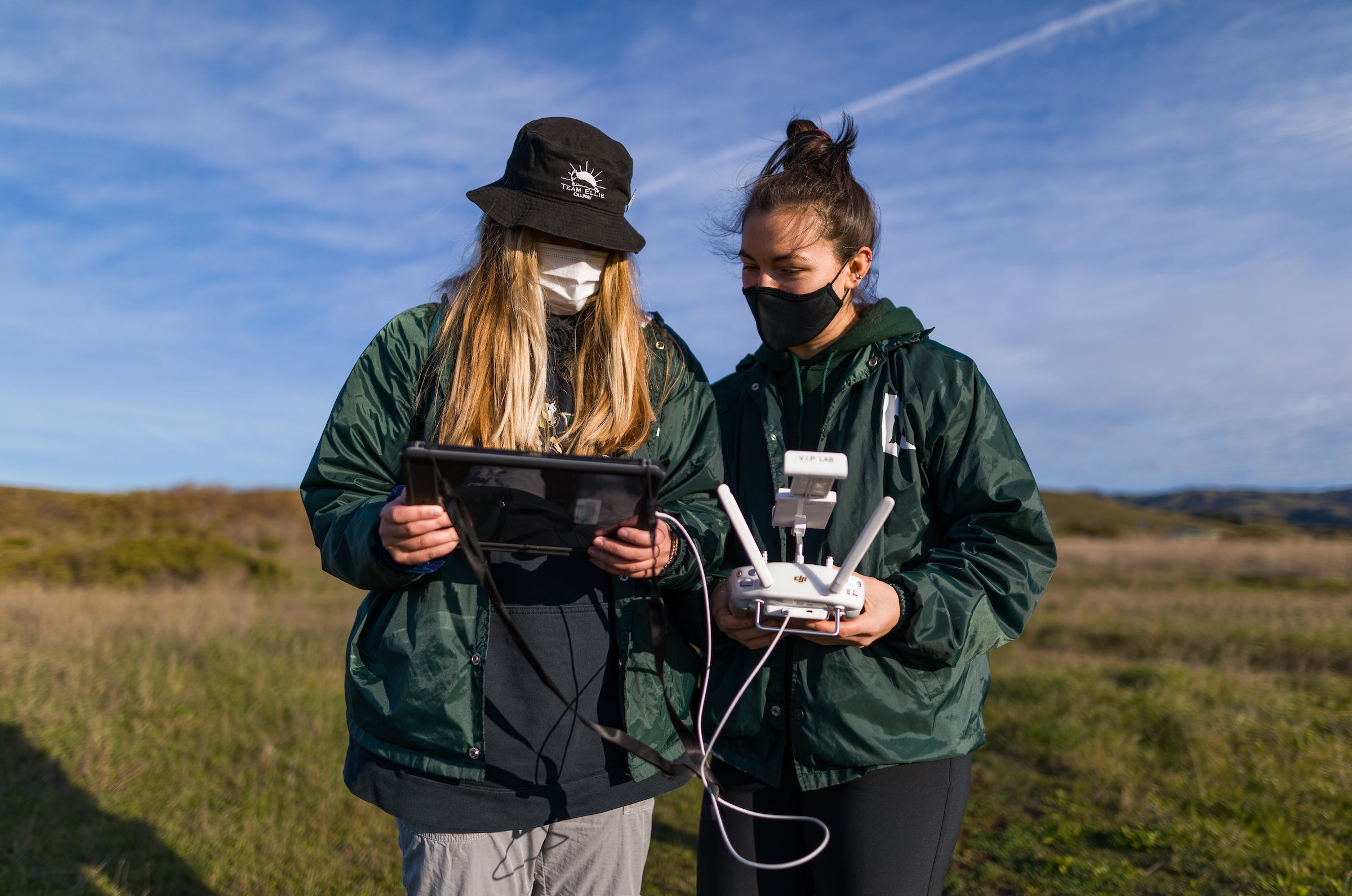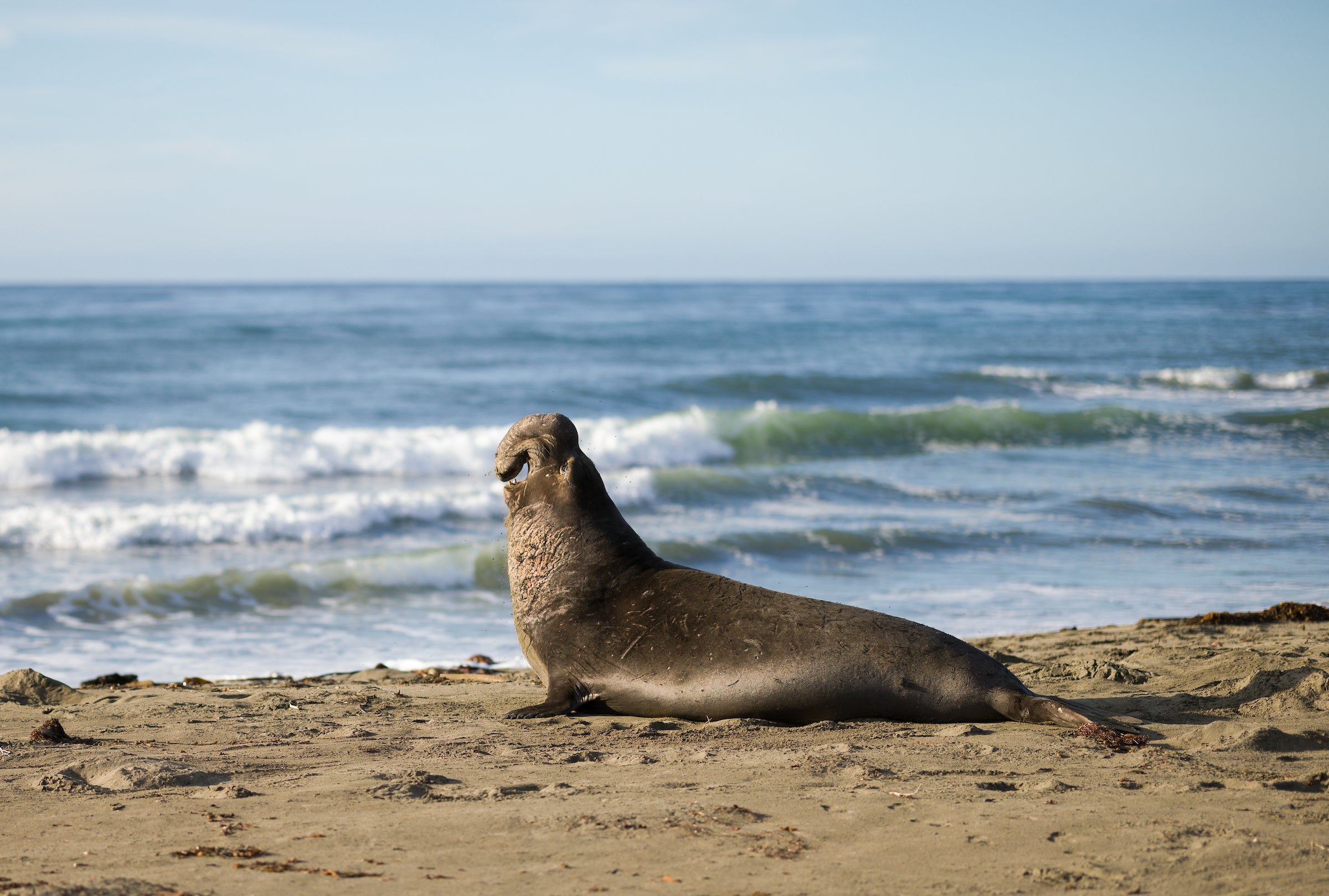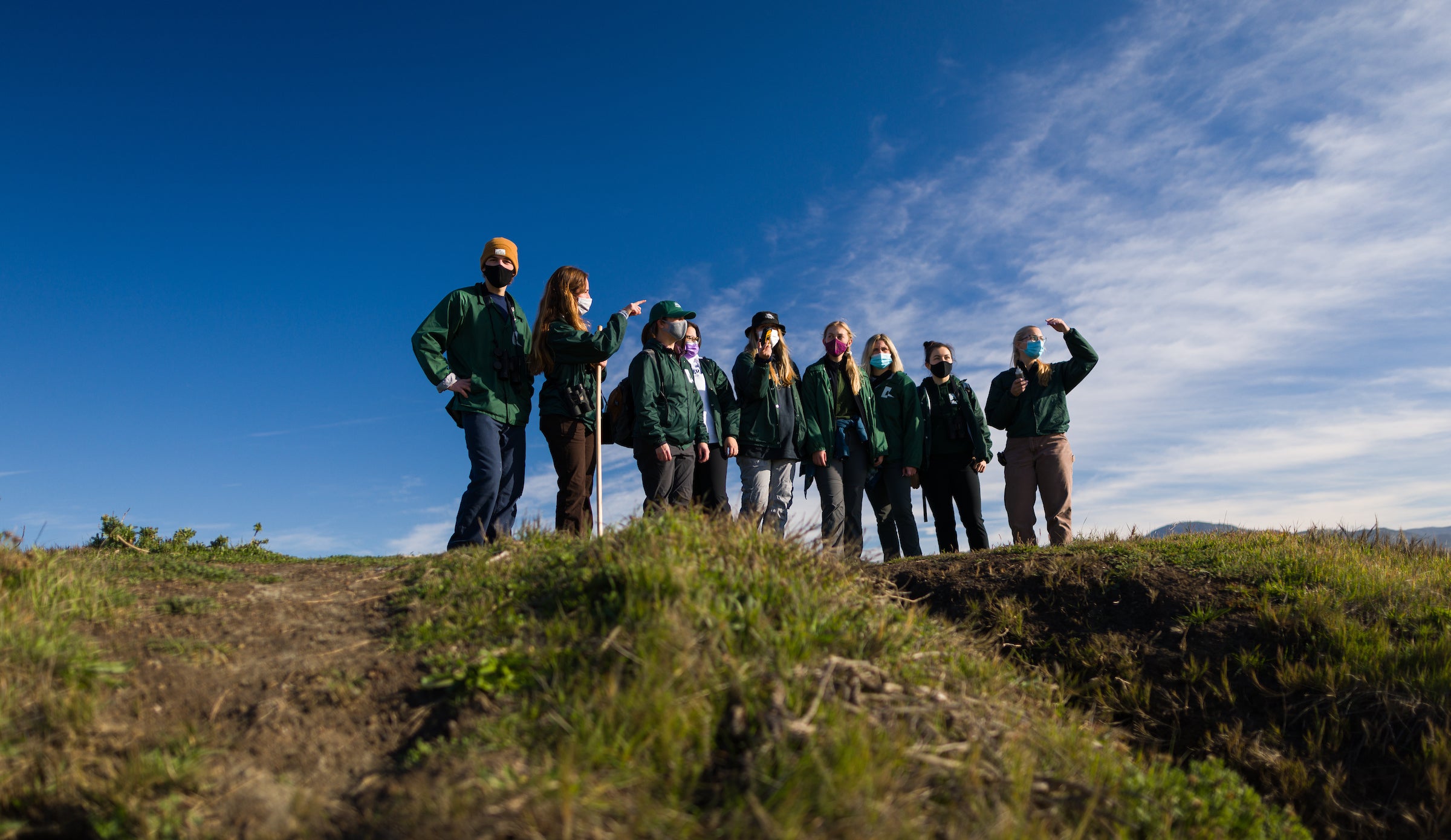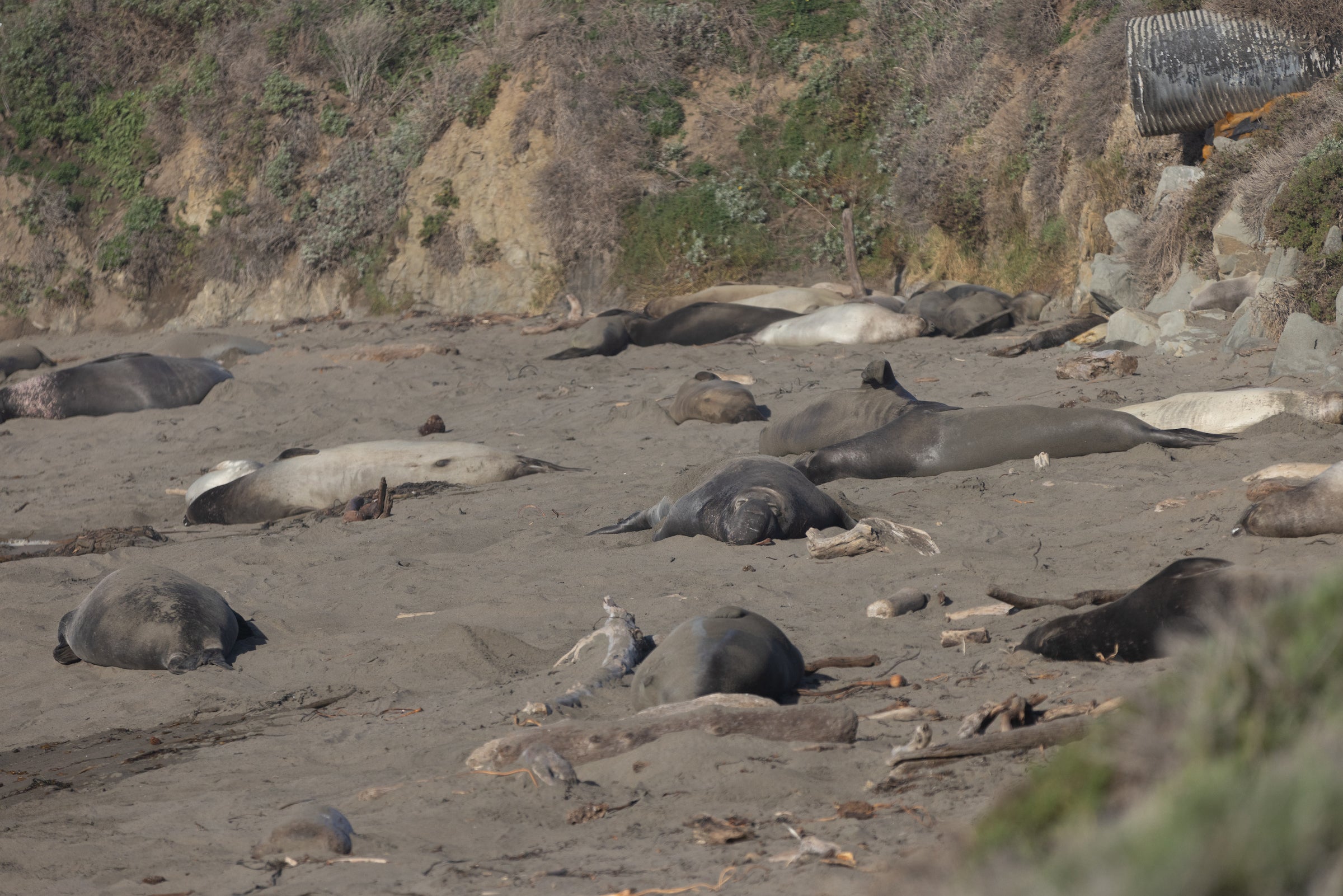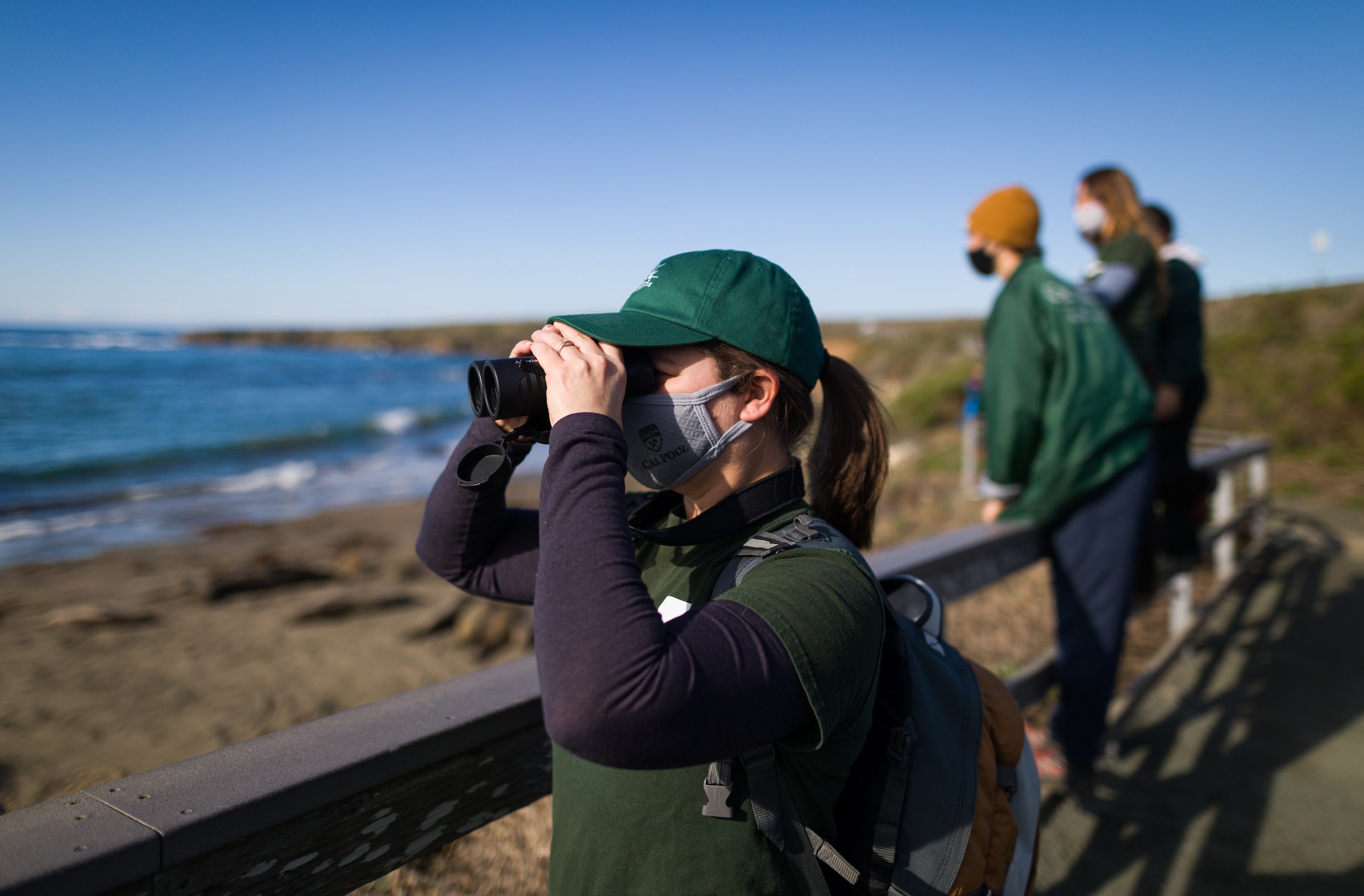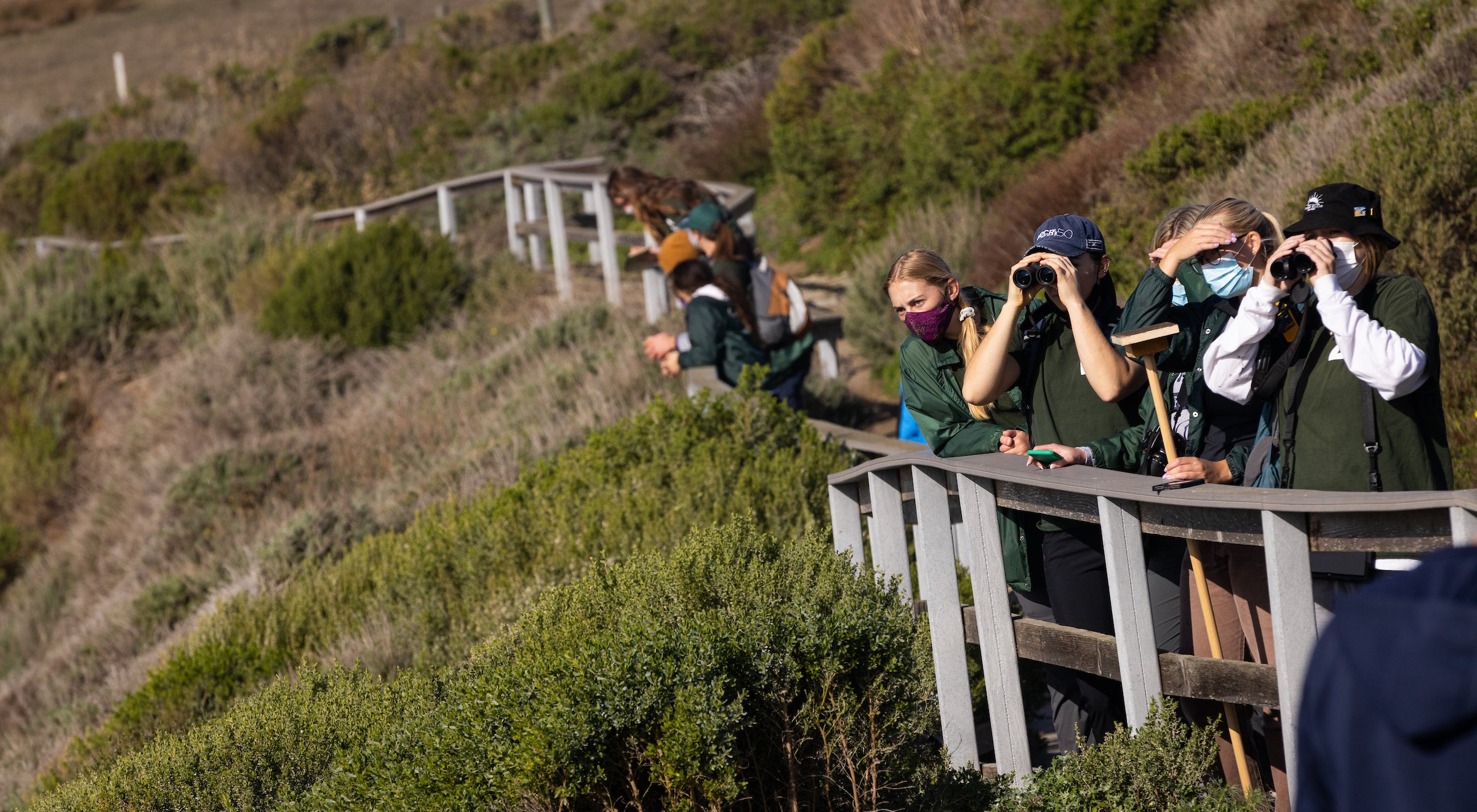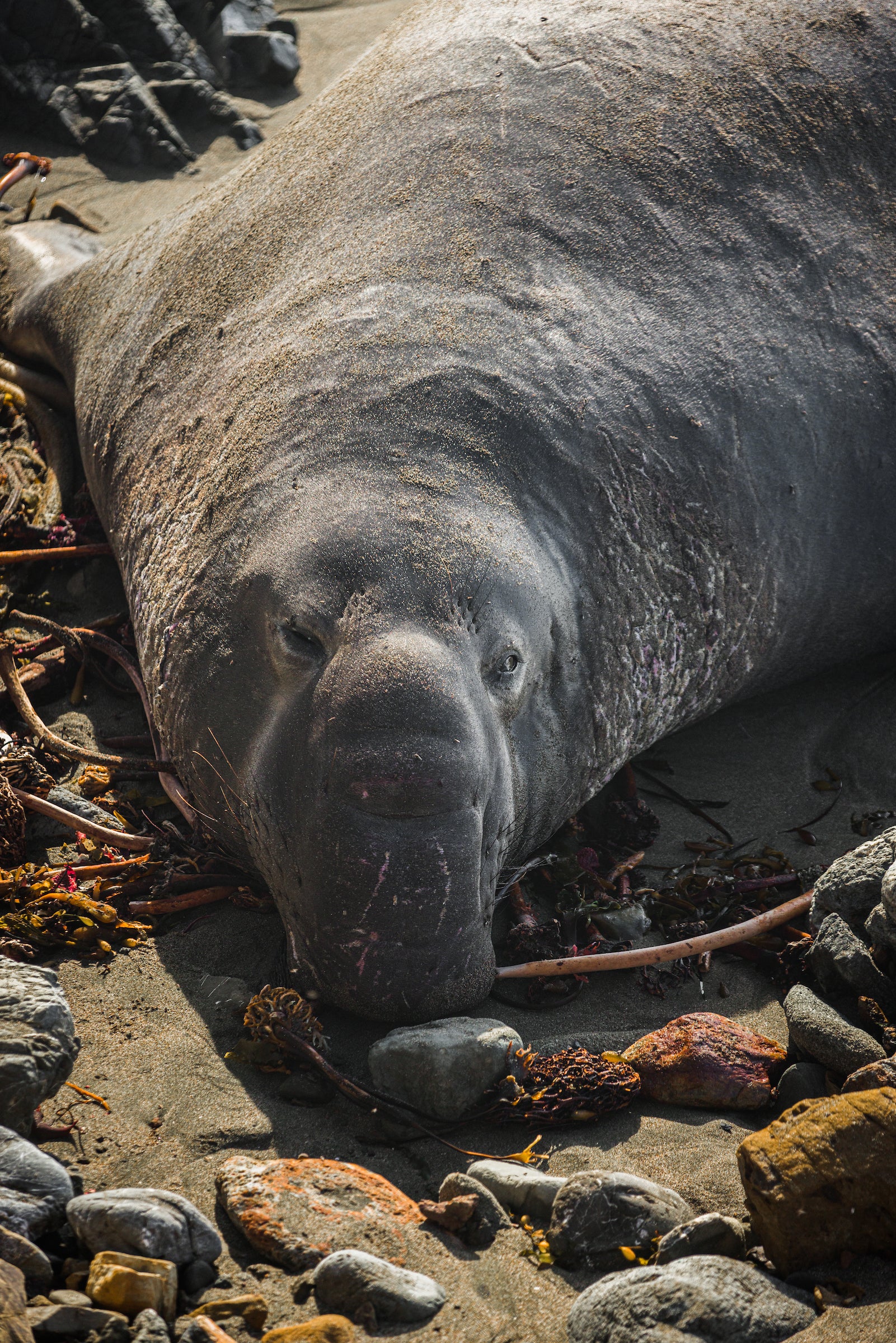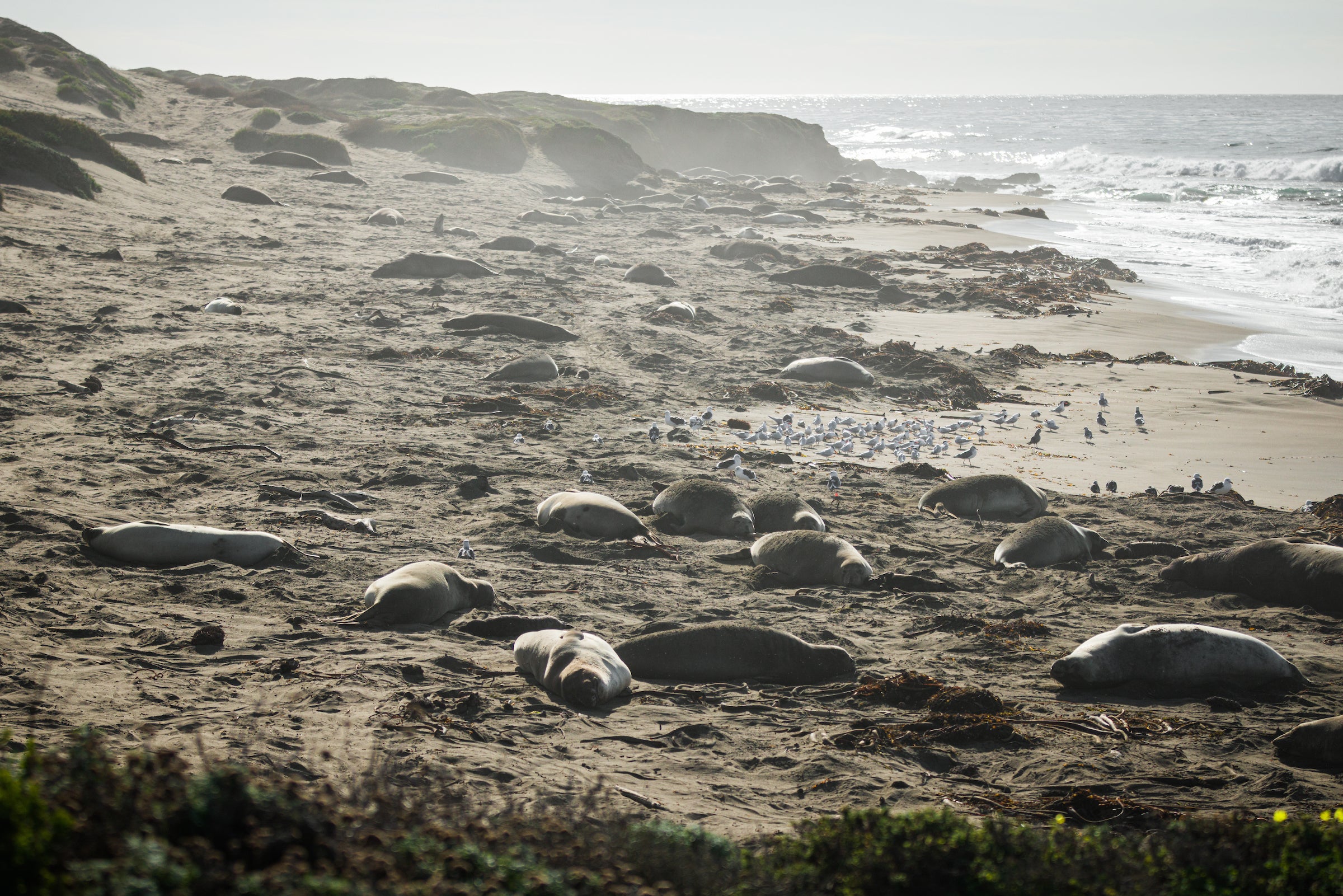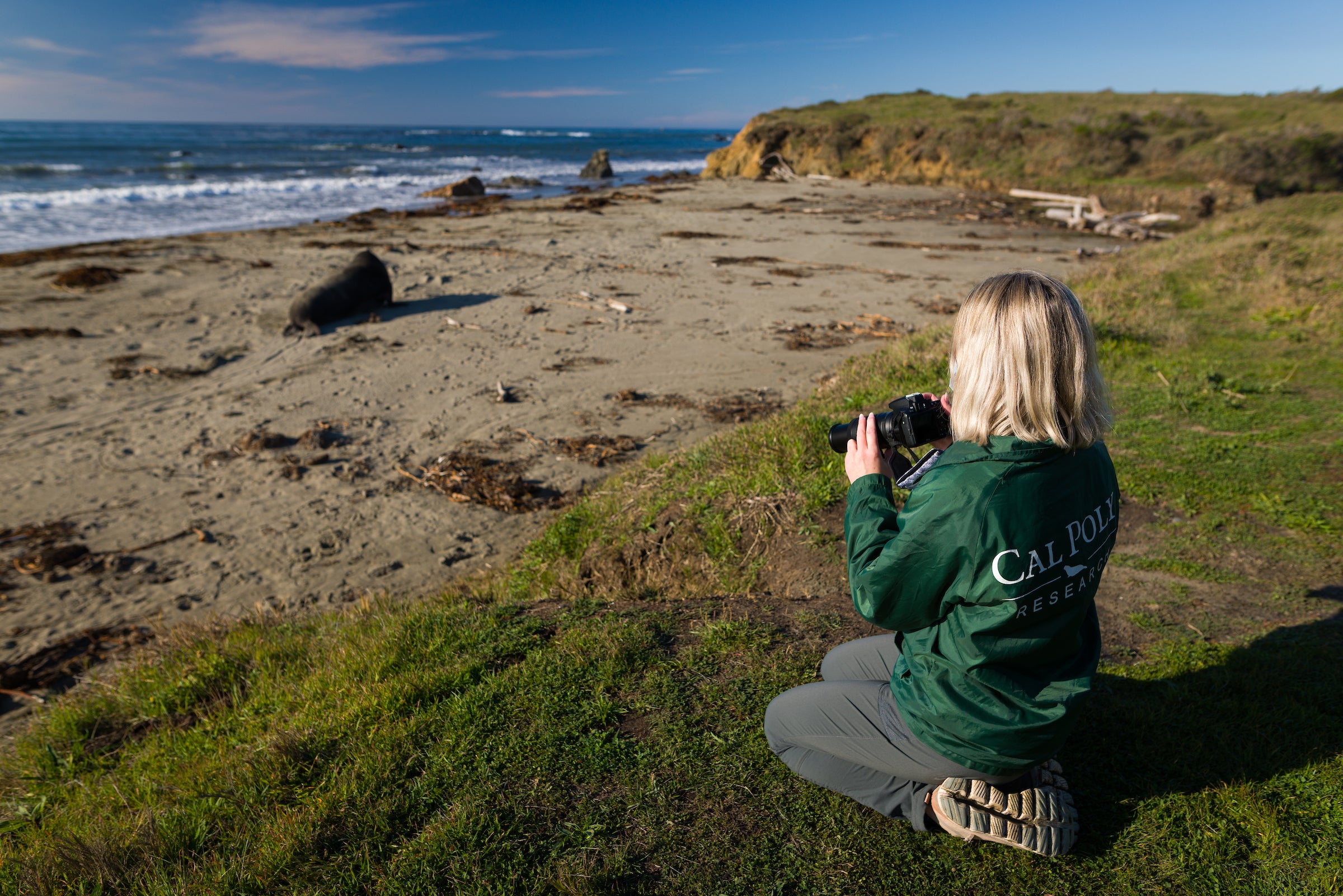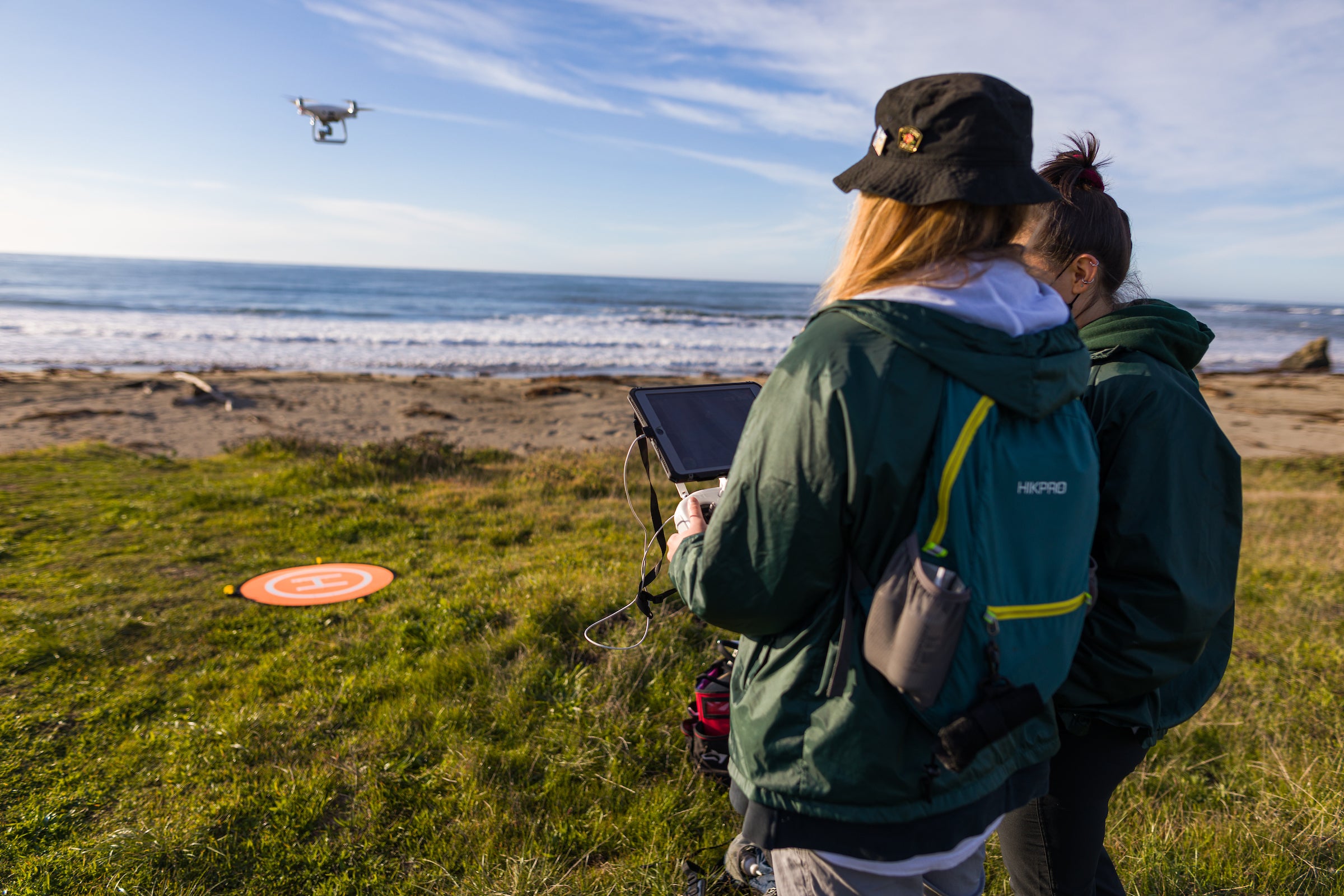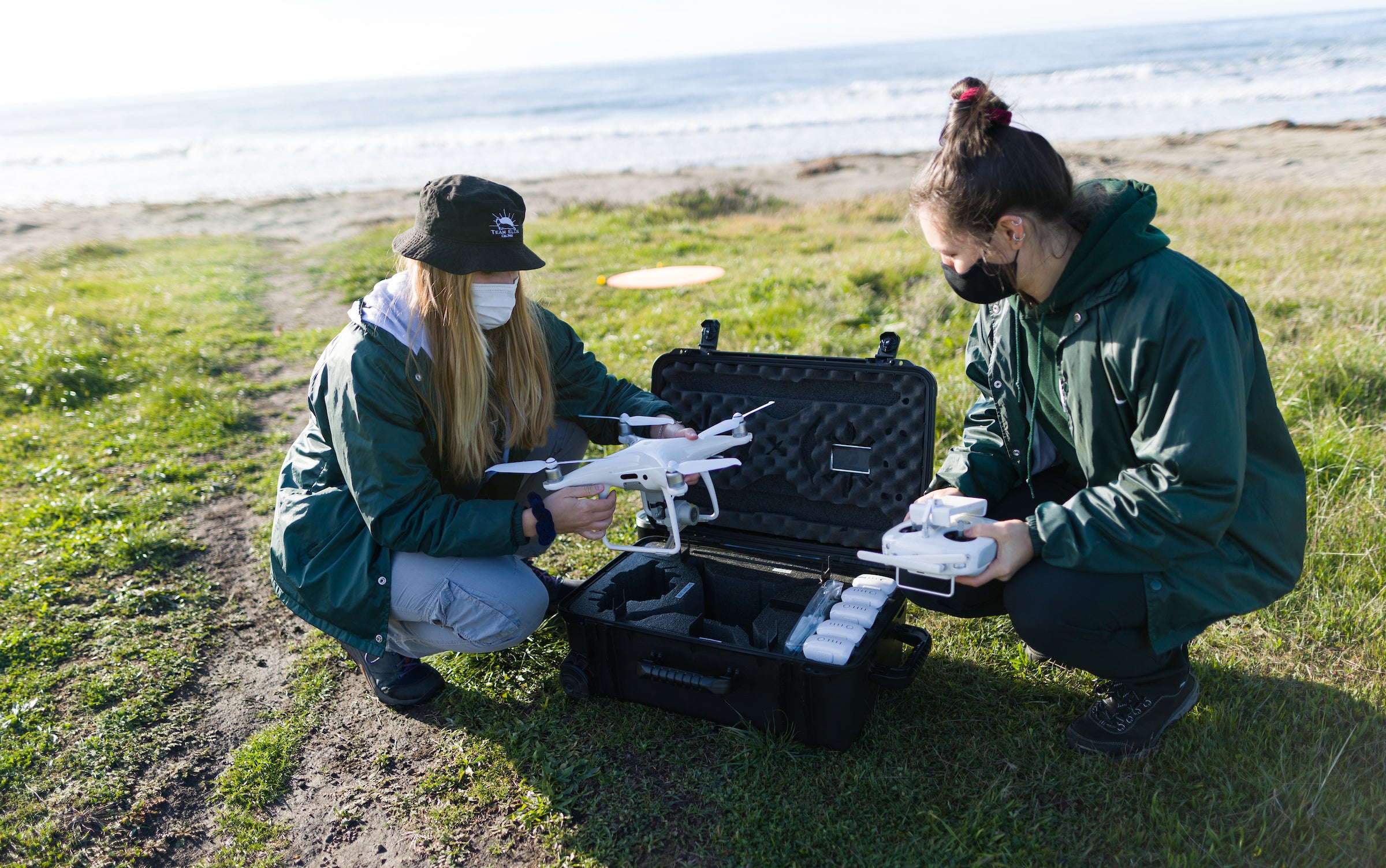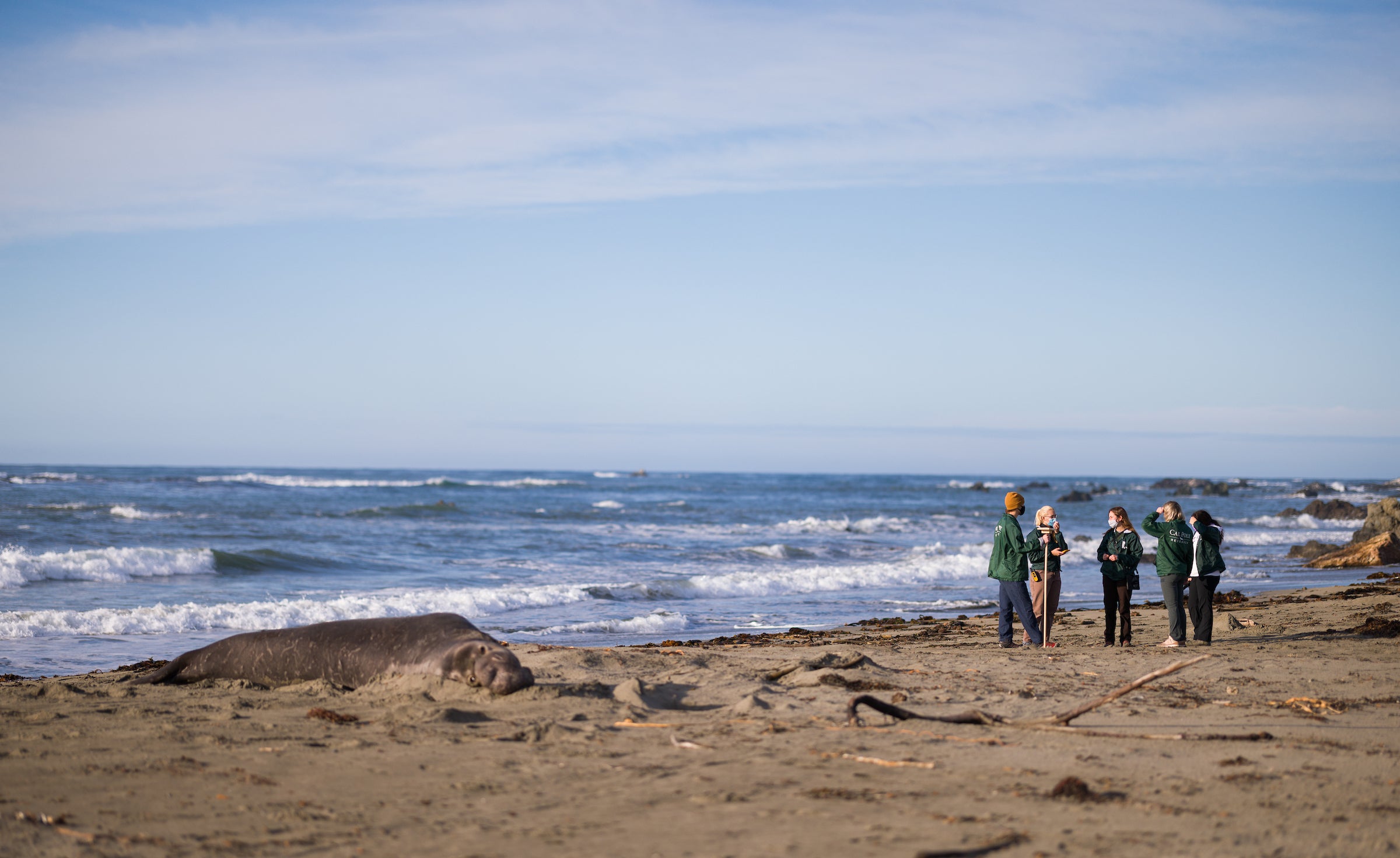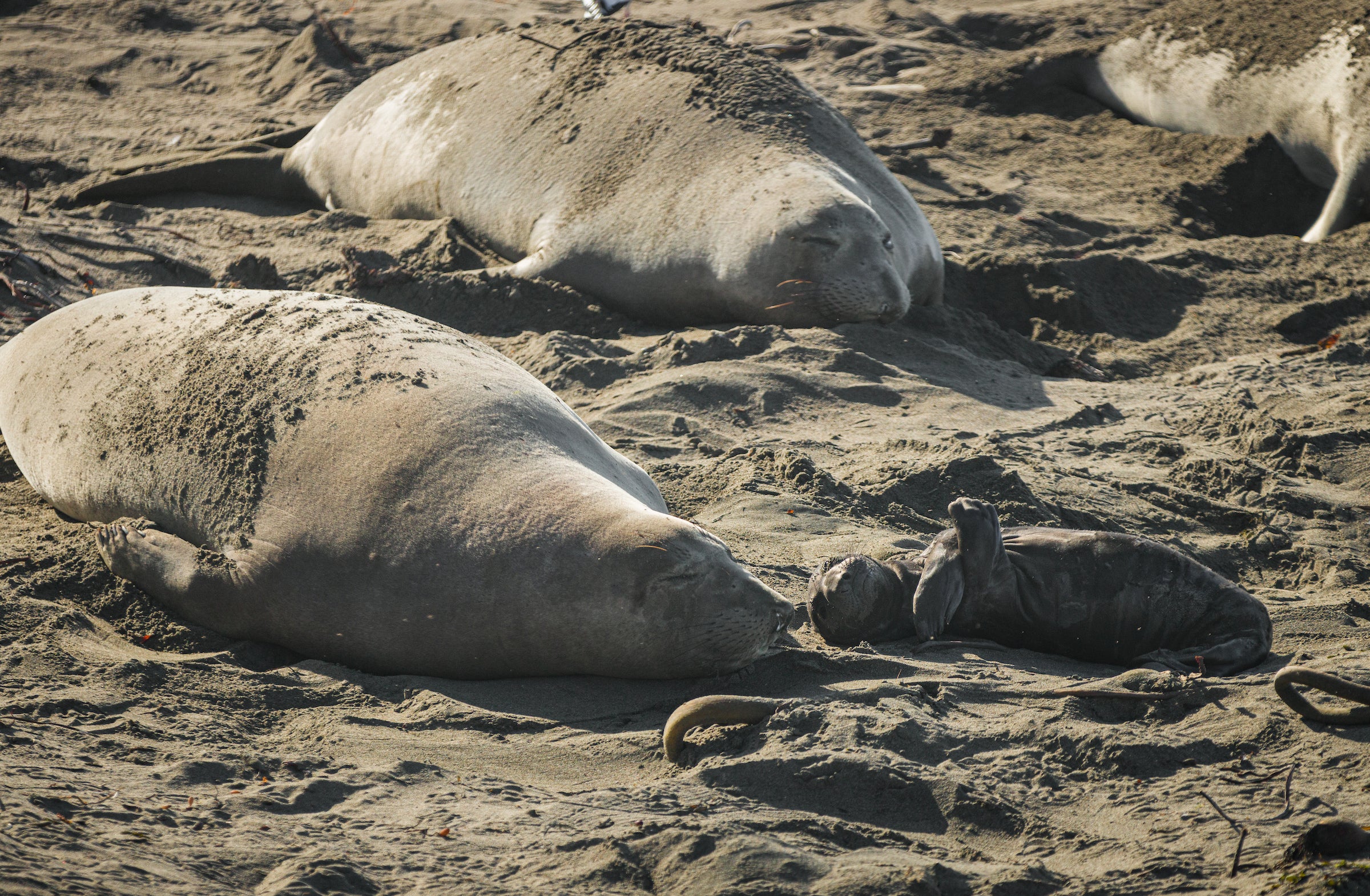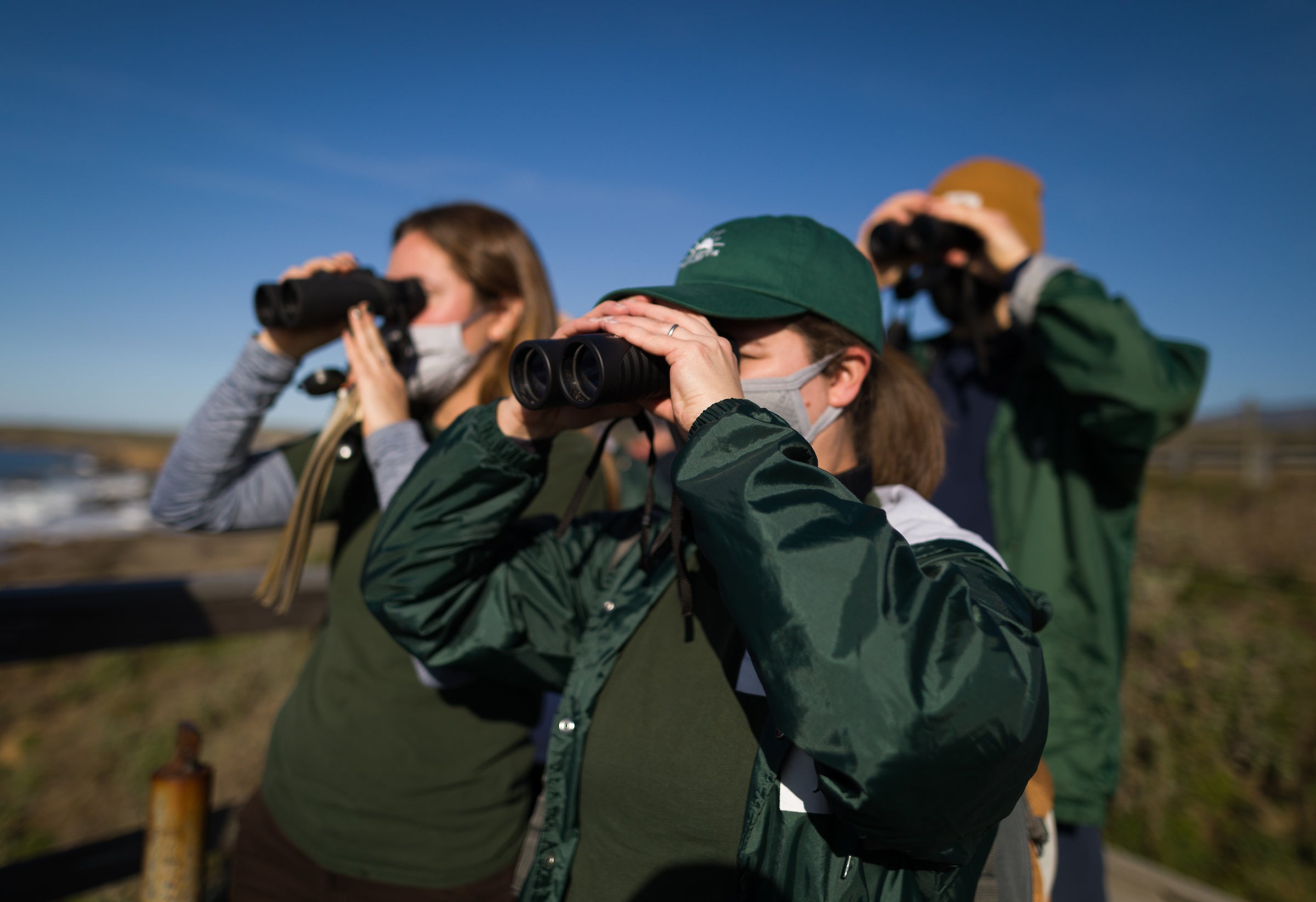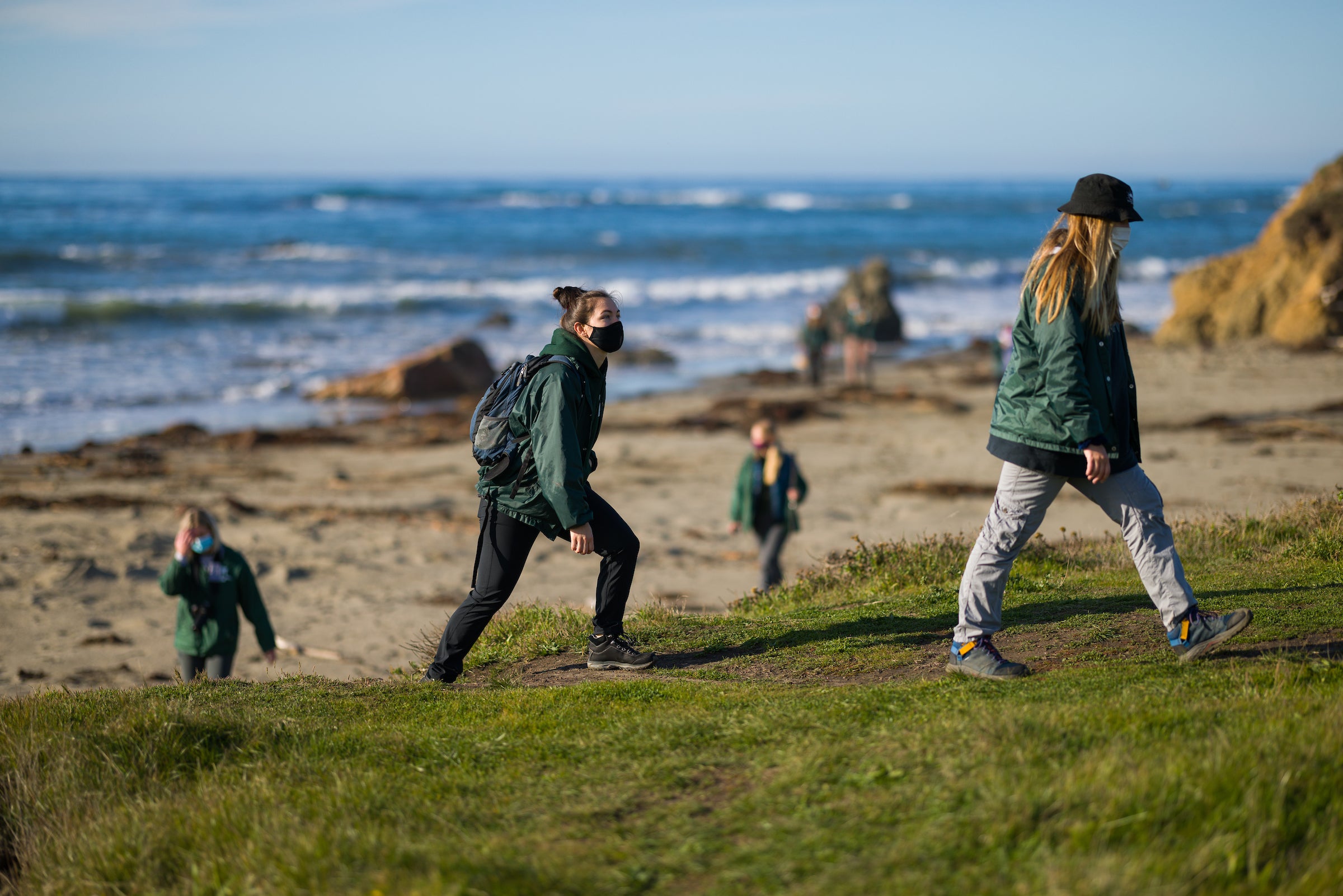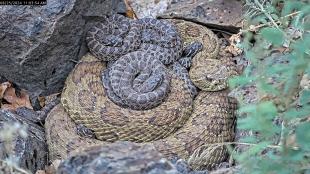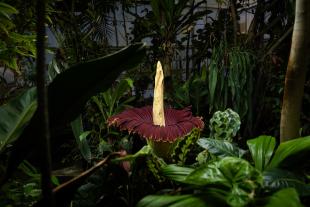New Drone Program Gets Seal of Approval
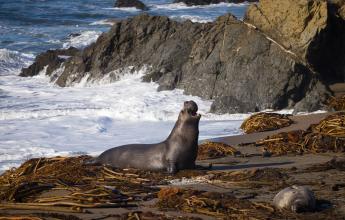
On a sunny December morning, a group of Cal Poly researchers walked across a bluff toward an isolated, windswept beach. Their subjects: a scattering of elephant seals, who had arrived just at the start of breeding season.
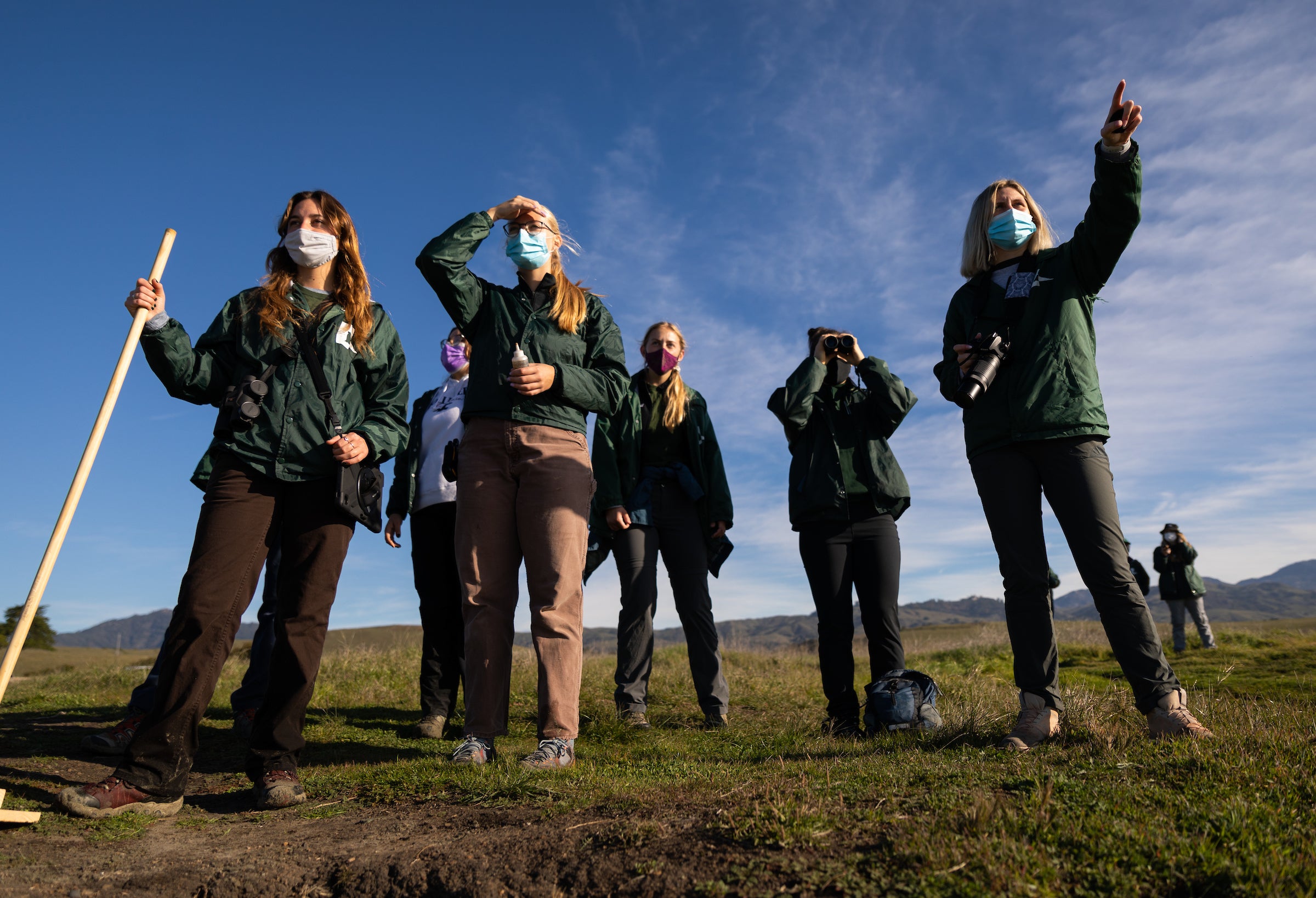
As most of the group headed toward the seals to conduct observations, two of the researchers, graduate students Kate Riordan and Molly Murphy, began setting up an aerial drone. While outwardly it appeared like an ordinary moment, this leg of the project has been years in the making.
The Piedras Blancas rookery, or breeding area, is the largest mainland northern elephant seal rookery in the world, according to professor Heather Liwanag, who’s in charge of the Vertebrate Integrative Physiology (VIP) lab and “Team Ellie,” the group of student researchers who study the elephant seals. Liwanag and her students rotate visiting seven beaches on the northern coast of San Luis Obispo County that make up the rookery.
Their work involves taking population surveys, behavioral studies, tagging the flippers on some of the seals to see if they wind up at other rookeries, weighing baby elephant seals who have weaned to get an idea of population health and generally observing the population for any changes.
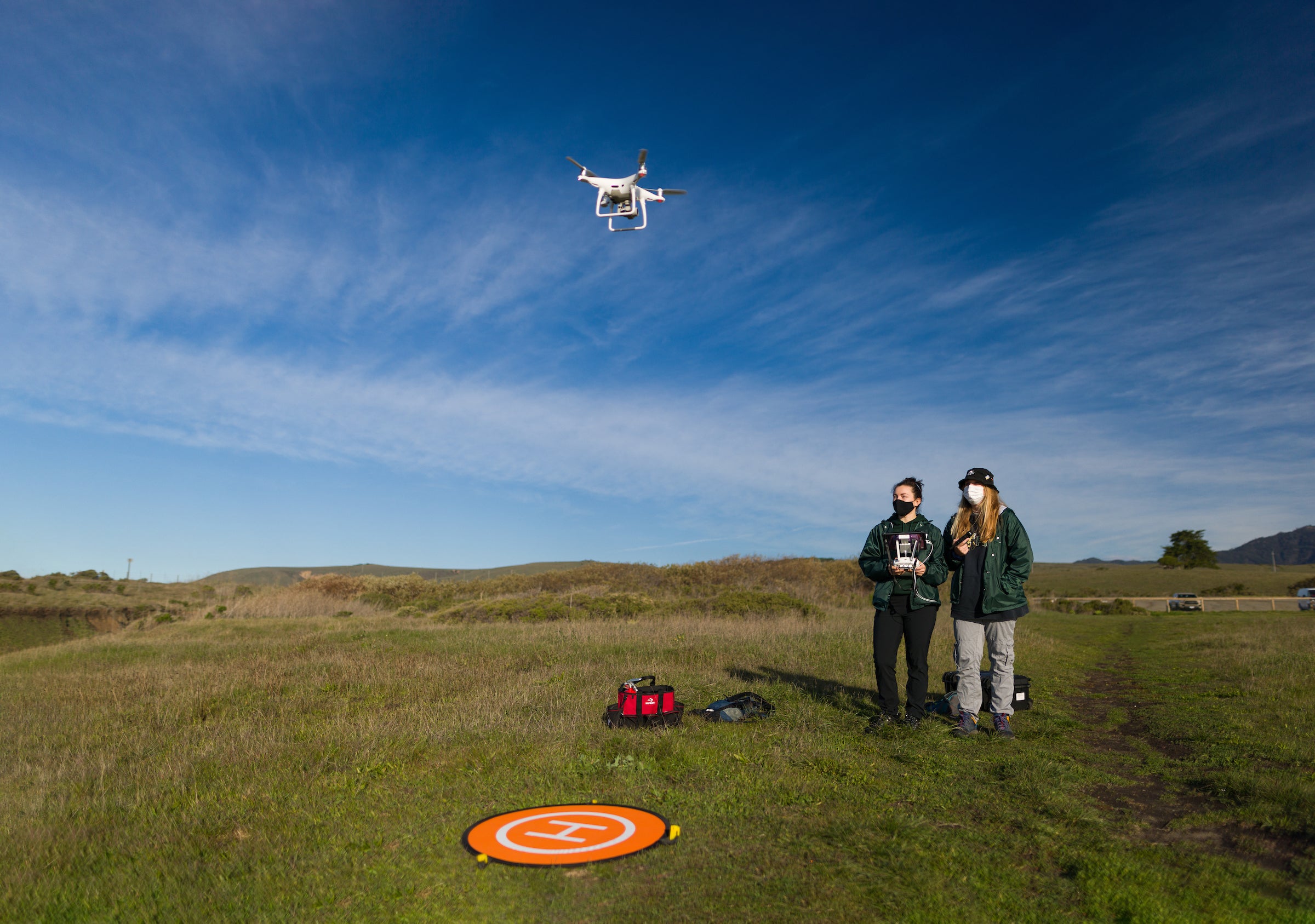
Population surveys are typically done with the naked eye by researchers standing a safe distance away from the massive seals. However, while using this method, the researchers can run the risk of miscounting seals because of the distance, obstacles in the way, or seals blending into the landscape.
“It’s hard to see the seals from our vantage points and it can be hard to tell who’s there,” Liwanag said.
A drone takes guesswork out of the equation: instead of estimates, the researchers finally have a chance at getting extremely accurate numbers. The drone flies about 130 feet over the beaches and takes photos. The photos then go through a software program that creates composite images of each beach and its seals, leading to accurate population counts.
“When you have 800 seals on a 75-foot stretch of beach, it’s all estimates,” Murphy said. “It’s helpful to have the exact number.”
And accurate numbers are especially important, given the sheer number of elephant seals who come to the beaches to breed, fight, molt and hang out. At last count, more than 20,000 elephant seals haul out on the Piedras Blancas beaches every winter.
The drone program went through a few generations of team leads — each of whom pushed the project a little further along. The final push was led by Elise Fiskum, an undergraduate field team leader who received funding from the Frost Undergraduate Research Program in the summer of 2021 to continue work on the effort.
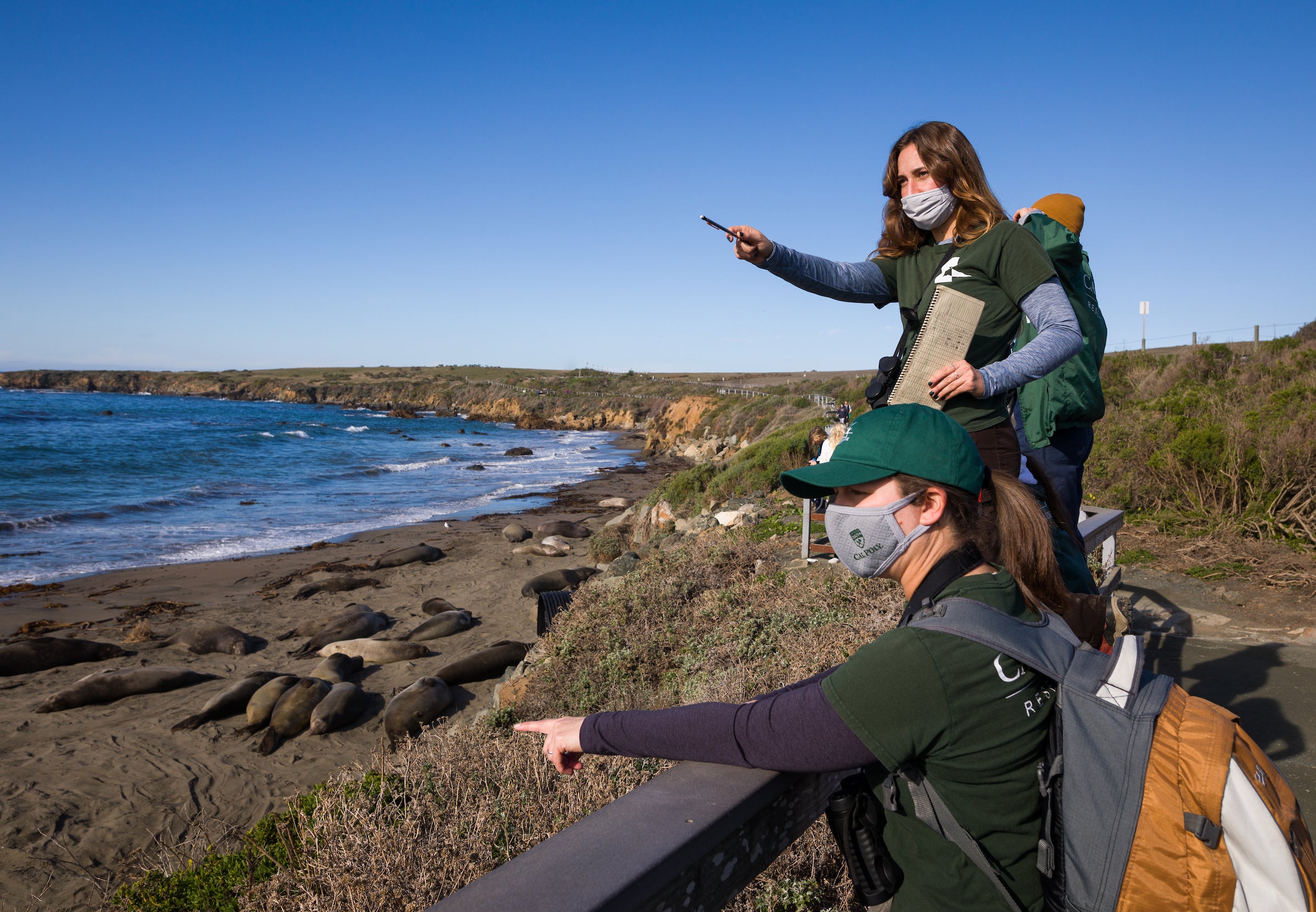
Fiskum purchased equipment, assembled the students who would become drone pilots, and began test flights. The team had to meet requirements from various federal and state agencies, as well as Cal Poly, to be granted permission to fly — because the beaches are protected land, drones generally aren’t allowed to fly over them. One of the requirements they had to meet before flying over the seals was flying over an animal proxy on land. The drone group received permission to fly over Cal Poly beef cattle.
“The beef cattle are a really good proxy for elephant seals,” Fiskum said. “Female elephant seals and cattle are about the same weight, density and mass, so the cows are like the land version of the seal.”
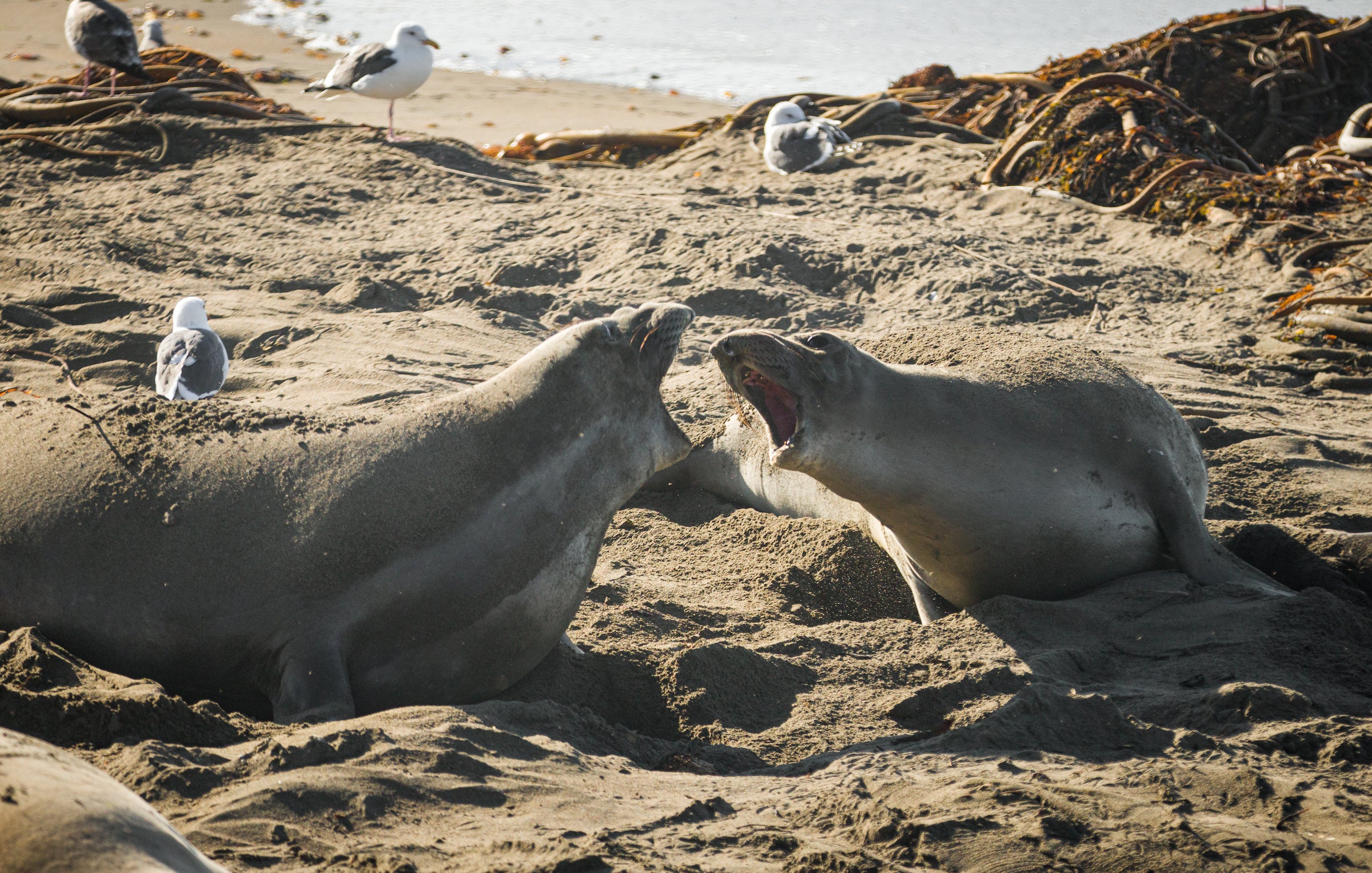
Flying over the cows also allowed the drone team to calibrate their equipment, Fiskum said.
After completing all their permitting requirements in December 2021, the team was cleared to fly regularly at the rookery.
Fellow undergraduate team leader and drone pilot Anika Lewis said she was excited to get out there, and about what this effort means for future research.
“It’s groundbreaking that State Parks is letting us do these surveys and get more accurate data on our rookery, which is still growing,” Lewis said. “Being the first ones to help with that is very cool.”
“It’s important to understand how the elephant seals are using this space so we can protect both them and people,” Liwanag said. “It’s a really incredible thing that we have here that doesn’t exist anywhere else and we want to maintain that.”
Don't want to miss any of the best Cal Poly News stories? Sign up for our monthly newsletter, the Cal Poly News Recap!

